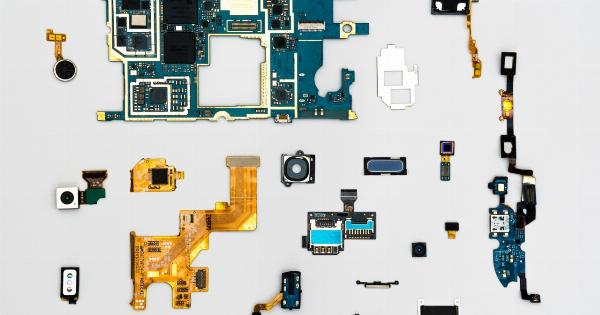The fields of endocrine and refractive surgery have seen significant advancements in recent years, leading to new horizons and improved outcomes for patients.
These surgical specialties focus on the treatment of endocrine disorders and eye disorders, respectively, and have evolved to incorporate innovative techniques and technologies that enhance patient care and outcomes. In this article, we will explore the latest developments in endocrine and refractive surgery and discuss their impact on patient management.
Advancements in Endocrine Surgery
Endocrine surgery involves the surgical treatment of disorders affecting the endocrine glands, such as the thyroid, parathyroid, adrenal glands, and pancreas.
Over the years, advancements in surgical techniques have revolutionized the field, enabling more precise and minimally invasive procedures.
1. Robotic Surgery
Robotic surgery has emerged as a transformative technology in endocrine surgery. It provides surgeons with enhanced visualization and dexterity, enabling precise and meticulous interventions.
The da Vinci Surgical System is a widely used robotic platform that allows for smaller incisions, reduced scarring, and faster recovery times for patients.
2. Targeted Approaches
Advancements in imaging techniques and preoperative assessment have allowed for more targeted approaches in endocrine surgery.
Surgeons can now better identify the exact location and extent of the diseased tissue, leading to more accurate surgical planning and improved outcomes.
3. Endocrine Tumor Markers
The development of specific tumor markers for endocrine tumors has facilitated early diagnosis, monitoring of treatment response, and detection of recurrence.
Biomarkers like calcitonin for medullary thyroid carcinoma and chromogranin A for neuroendocrine tumors have revolutionized patient care by enabling early intervention and personalized treatment strategies.
4. Endoscopic Techniques
Endoscopic surgery has gained popularity in endocrine surgery due to its minimally invasive nature and reduced morbidity.
Endoscopic procedures involve the use of small incisions and the insertion of a camera and specialized instruments to perform surgical interventions. These techniques result in faster recovery, reduced pain, and improved cosmetic outcomes.
Advancements in Refractive Surgery
Refractive surgery aims to correct common eye disorders, such as myopia (nearsightedness), hyperopia (farsightedness), astigmatism, and presbyopia (age-related vision changes).
Recent years have witnessed remarkable advancements in refractive surgery, providing patients with safer and more effective treatment options.
1. Femtosecond Laser-Assisted Surgery
Femtosecond laser-assisted surgery has transformed the field of refractive surgery. It allows for more precise and customizable corneal flap creation during procedures like LASIK (Laser-Assisted in Situ Keratomileusis).
The use of femtosecond lasers has led to improved visual outcomes, reduced risks, and faster recovery times for patients undergoing refractive procedures.
2. Wavefront-Guided Treatments
Wavefront technology has revolutionized the assessment and treatment of refractive errors. It enables the precise mapping of the eye’s unique imperfections, allowing for customized treatment plans.
Wavefront-guided treatments have significantly enhanced visual outcomes by addressing higher-order aberrations and providing patients with better quality vision.
3. Implantable Collamer Lenses (ICL)
Implantable Collamer Lenses (ICLs) offer an alternative solution for patients with high refractive errors who may not be suitable candidates for corneal laser surgery.
These lenses are surgically implanted to correct the refractive error, providing excellent visual outcomes and reducing the dependence on glasses or contact lenses.
4. Corneal Cross-Linking
Corneal cross-linking has emerged as a breakthrough treatment for keratoconus, a progressive eye disorder that causes thinning and bulging of the cornea.
This minimally invasive procedure involves the use of ultraviolet light and riboflavin (vitamin B2) to strengthen the collagen fibers in the cornea, stabilizing its shape and slowing down the progression of the disease.
Conclusion
The fields of endocrine and refractive surgery continue to advance, offering new horizons for both patients and surgeons.
The integration of innovative technologies and surgical techniques has led to improved patient outcomes, reduced risks, and enhanced precision. With the ongoing research and development in these specialties, we can expect further advancements that will continue to shape the future of endocrine and refractive surgery.




























